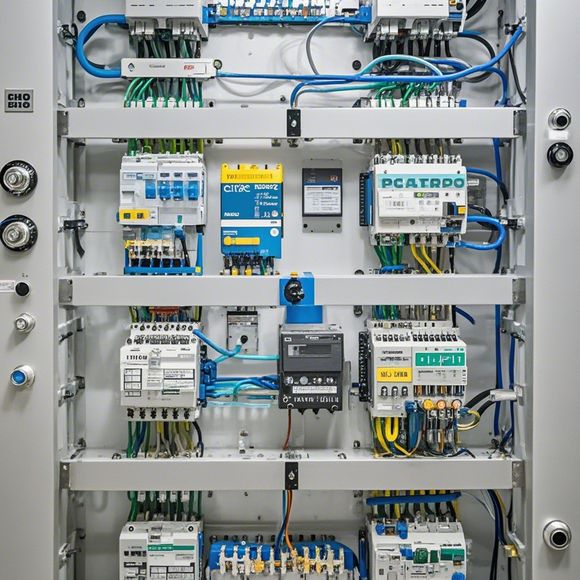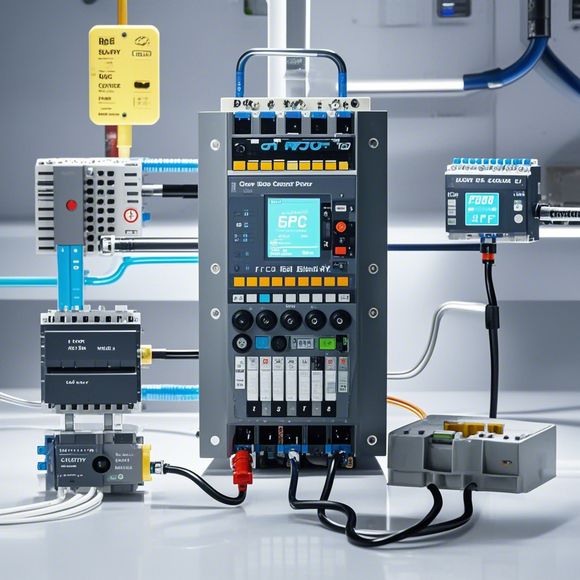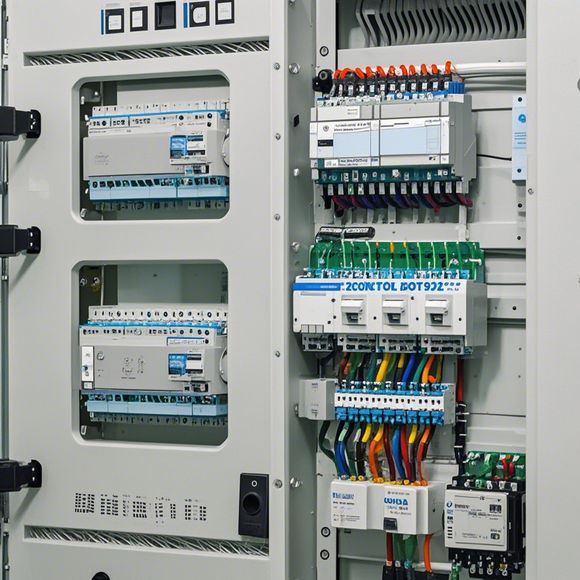Introduction to Programmable Logic Controllers (PLCs)
In today's globalized marketplace, the efficient management of production processes is crucial for businesses to remain competitive. Programmable Logic Controllers (PLCs), often referred to as "smart controllers," play a significant role in this process by providing a flexible and efficient solution for controlling industrial machinery, systems, and processes.
A PLC is a device capable of processing information and making decisions based on that information. It operates by receiving commands from various sources such as sensors, switches, or other devices, and then translates those commands into actionable instructions to control the machinery being operated. This means PLCs are not just hardware devices; they are software-based systems designed to work with specific applications.
One of the primary components of a PLC system is the Central Processing Unit (CPU). The CPU serves as the brain of the controller, interpreting input signals and generating output signals. It performs complex calculations and manages data flow between different modules in the system. The CPU also handles the programming and execution of the user-defined logic.
The Input/Output Module (I/O) is another essential component of a PLC system. It enables the controller to receive and transmit signals to and from external devices like sensors or motor drives. The I/O module can be configured with different types of interfaces, such as Modbus, Profibus, or EtherCAT, which allow for communication with various devices within the industrial network.

Another critical element in a PLC system is memory. Memory stores data and program instructions used by the controller, enabling it to execute tasks continuously without requiring reprogramming. The amount of memory available depends on the size of the application and the complexity of the control loop being implemented.
Sensors and Actuators are key elements in a PLC system that help monitor and control the state of an industrial process. For example, temperature sensors measure changes in temperature, while pressure sensors measure pressure levels, and so forth. These sensors provide data to the controller, which can be used to make adjustments or initiate actions based on predefined rules or parameters.
Motors and Drives are another crucial component in PLC systems that enable control of mechanical devices like pumps, valves, and conveyors. They receive signals from the controller and convert electrical energy into mechanical motion. By controlling the speed and direction of the motor, the PLC can regulate the movement of these machines and ensure smooth operation of the production line.

Finally, Safety Features are an integral part of any PLC system, especially in industries where hazardous materials or high-speed operations need to be controlled. Some PLCs come equipped with emergency stop buttons, overload protection circuits, and fault detection algorithms that can alert operators to potential issues before they become serious safety concerns.
In conclusion, a PLC system is a complex but powerful tool that enables businesses to streamline their production processes and increase efficiency. Its components—the CPU, I/O module, memory, sensors, actuators, and safety features—are interconnected to create an intelligent and responsive system that responds to changing conditions and adapts to new challenges. Whether you're looking to automate simple processes or manage entire factories, a well-implemented PLC system can help you achieve your goals and stay ahead of the competition.
Content expansion reading:

Articles related to the knowledge points of this article:
PLC Controller Wiring Guideline
The cost of a PLC Controller: A Comprehensive Analysis
PLC Programming for Automation Control in the Manufacturing Industry
How to Use a PLC Controller for Your Business
Plumbers Rule! The Role of PLC Controllers in the World of Waterworks
The Role of Programmable Logic Controllers (PLCs) in Foreign Trade Operations